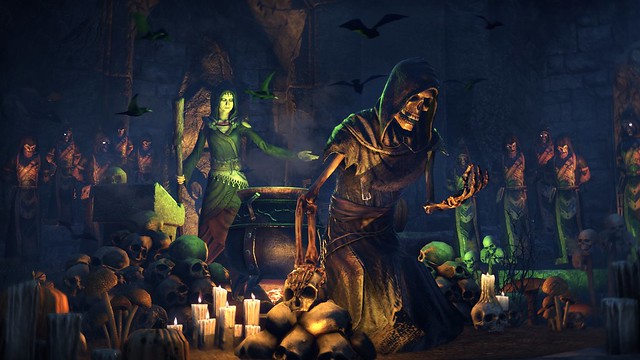

Males were more at risk than females and falls were the major cause in children and motor vehicle accidents in young adults. 1 Longer-term disability was estimated to be approximately 20 per cent in those patients who were hospitalised.

In studies conducted in the USA, Europe, Australia and New Zealand, 691/100,000 children and young adults with TBI were treated in emergency units and 74/100,000 in hospitals, the subsequent death rate being 9/100,000. 11 In addition, a rate of residual disability of 43.3 per cent has been recorded one year after injury.

Recent estimates in the USA suggest 235,000 citizens are hospitalised each year with non-fatal TBI, 1.1 million visit emergency departments, and approximately 50,000 patients die from their injuries. General features Incidence and prevalence The various terms that have been used to describe and classify the condition and its consequences are listed in Table 1. This review describes: (1) the general features of TBI including prevalence, classification, signs and symptoms, and pathology (2) the visual signs and symptoms associated with TBI and (3) the assessment of quality of life (QoL) and visual rehabilitation of the patient. 10 In particular, patients with a less severe form of TBI can exhibit visual consequences which are prolonged and are the most likely to be seen by eye practitioners. TBI can result in a variety of visual problems affecting both the afferent and efferent visual systems. Recently, there has been an overall decline in mortality due to TBI as a result of improved treatment, but as a consequence, an increase in individuals living with a disability as a direct result of TBI. 8 TBI can also cause physical, cognitive, social, emotional and behavioural effects and prognosis can be unpredictable, varying from complete recovery to permanent disability or death. 7 Damage caused at the moment of injury can also have secondary effects including damage to the blood–brain barrier and white matter fibre tracts. 5 Most fatalities from TBI occur within days or weeks following the traumatic incident 6 with approximately 40 per cent of cases deteriorating after hospitalisation. 4Ī frequent result of TBI is concussion caused by the rapid acceleration of the brain so that it impacts the inner walls of the skull which can cause both focal lesions such as cerebral laceration and haemorrhage and more diffuse damage resulting in oedema and axonal injury. 2 Relatively little has been published on the economic burden of TBI 3 but estimates suggest in the USA $81 million in direct costs and $2.3 billion in indirect costs in a single year result from the non-use of bicycle helmets alone. TBI is also potentially associated with large per capita direct and indirect costs because of the frequently young ages involved and the severity of subsequent disabilities. 1 TBI has many causes, including falls, vehicle accidents, violence, sporting activity, and as a result of military action in war zones. All ages can be affected but children, young adults and the elderly are especially vulnerable. Traumatic brain injury (TBI) results when an external force injures the brain and is a major cause of death and disability. Such patients may also benefit from visual rehabilitation, including reading-related oculomotor training and the prescribing of spectacles with a variety of tints and prism combinations. Patients with chronic dysfunction following TBI may require occupational, vestibular, cognitive and other forms of physical therapy. Hence, TBI can result in a variety of visual problems, many patients exhibiting multiple visual defects in combination with a decline in overall health. Eye movement dysfunction may be an early sign of TBI. Defects in primary vision such as visual acuity and visual fields, eye movement including vergence, saccadic and smooth pursuit movements, and in more complex aspects of vision involving visual perception, motion vision (‘akinopsia’), and visuo-spatial function have all been reported in TBI. This review describes: (1) the major clinical and pathological features of TBI (2) the visual signs and symptoms associated with the disorder and (3) discusses the assessment of quality of life and visual rehabilitation of the patient. A decline in mortality has resulted in many more individuals living with a disability caused by TBI including those affecting vision. All ages can be affected but children, young adults and the elderly are particularly susceptible. Traumatic brain injury (TBI) and its associated concussion are major causes of disability and death.


 0 kommentar(er)
0 kommentar(er)
